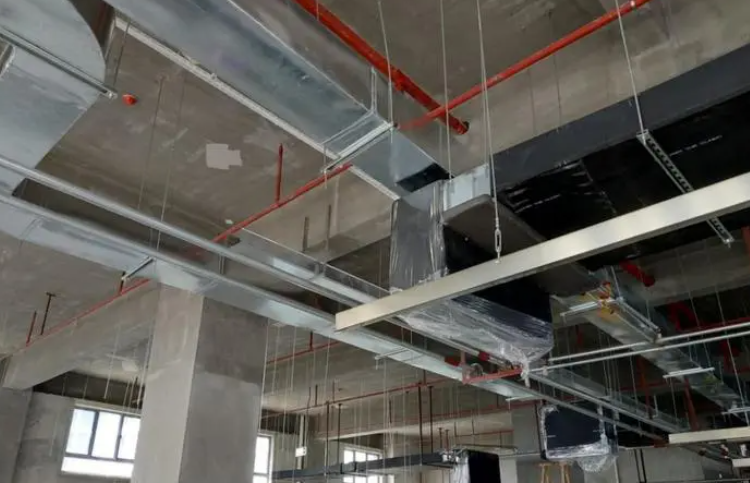

SEARCH
The smoke exhaust duct is the main component of the fire control system, which can effectively discharge the toxic smoke generated by the fire and ensure the safety of people's life and property. Therefore, the fire exhaust duct must have the requirement of fire resistance and high temperature resistance. As a multi-functional material with high temperature resistance, fire protection and heat preservation, the rock wool insulation material will meet the fire protection requirements of the fire exhaust duct.

1. Fire prevention requirements of fire exhaust duct
According to the relevant requirements of "Technical Standards for Building Smoke Control and Exhaust System" :
1) The connecting parts of the smoke exhaust fan and the smoke exhaust pipe should be able to ensure its structural integrity at 280℃ for 30 minutes continuously.
2) The smoke exhaust pipe should be made of non-combustible materials and the inner wall should be smooth.
3) The setting and fire resistance limit of the smoke exhaust pipe should meet the relevant requirements.
2, rock wool insulation material performance characteristics
Rock wool is a kind of inorganic fiber material made from natural rock (basalt, pyroxene, etc.) after high temperature melting, using the spindle process. It has excellent thermal insulation performance, at the same time, its non-combustible is also a major feature. Rockwool has A fire rating of Class A, that is, non-combustible material. Rockwool can withstand high temperatures of up to 800 ° C, and the melting point is 1000 ° C, which means that in a fire, rockwool will not burn, nor will it produce toxic and harmful gases, thus ensuring the safety of people in the building.
From the point of view of the fire protection requirements of the fire exhaust duct, the main concern is the fire resistance limit of the material at high temperature. The high temperature resistance of rockwool is very good, and its melting point is much higher than the temperature of ordinary fires, so in the event of a fire, rockwool can maintain its structural integrity and effectively prevent the spread of the fire. At the same time, rock wool will not release toxic gases at high temperatures, which is crucial to ensure the smooth progress of personnel evacuation and fire fighting.
In addition, rock wool also has good chemical stability and corrosion resistance, which can resist the erosion of a variety of chemical substances, thus extending the service life of the fire exhaust duct. This feature allows rockwool to maintain stable thermal insulation and fire resistance even in complex built environments.
Rock wool insulation material is in line with the fire protection requirements of fire exhaust duct, and can achieve a fire resistance limit of 2 hours.
Related